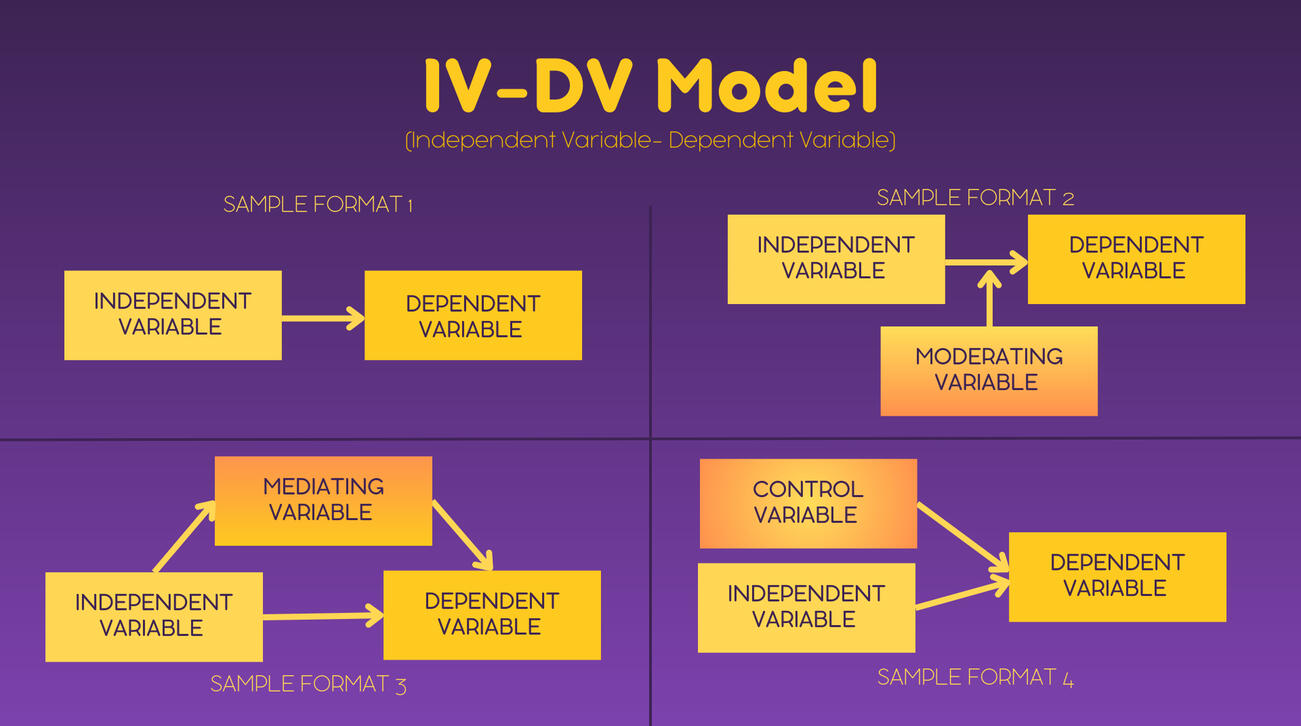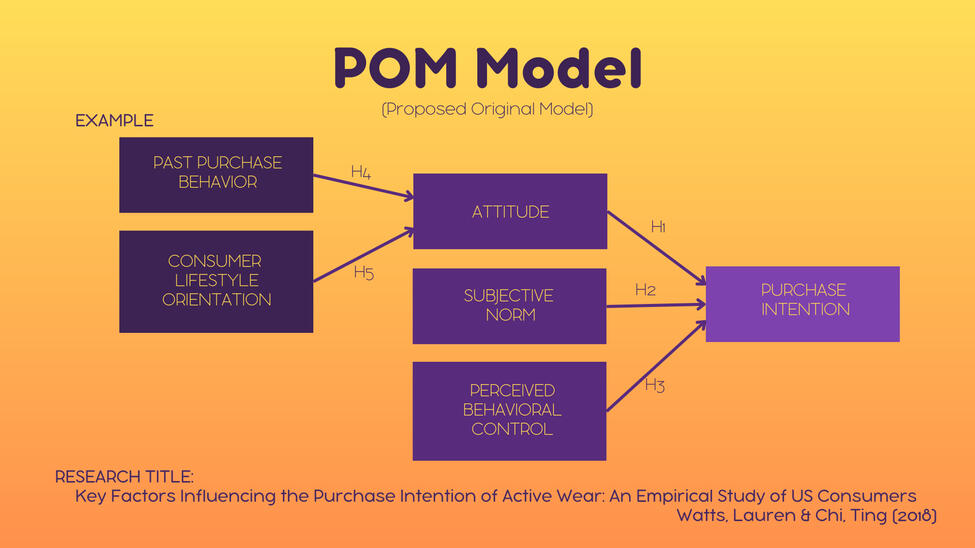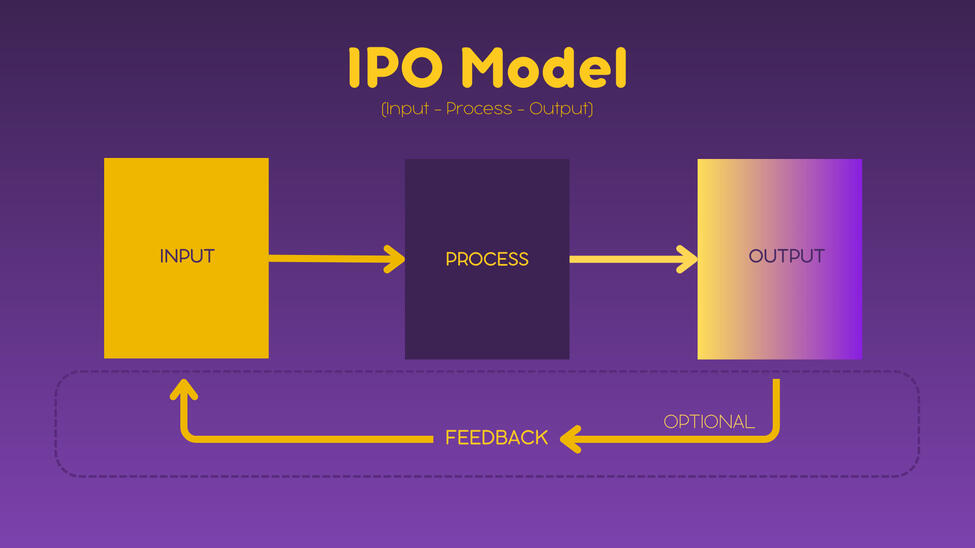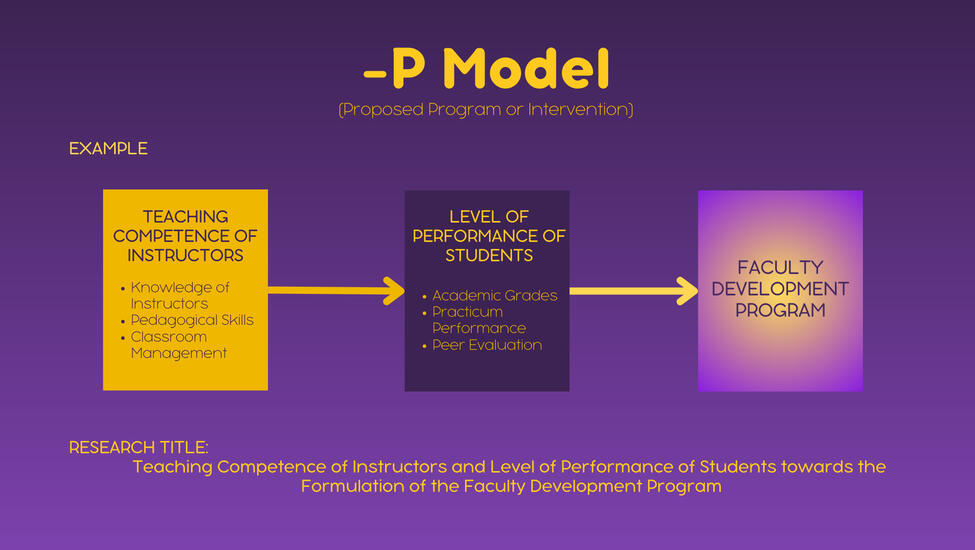TYPES OF RESEARCH
VALIDITY
I. Construct Validity: focused on the validity of the research instrument used.
• Answers whether the test measures the concept that it’s intended to measure.
• If you develop a questionnaire to diagnose depression, you need to know: does the questionnaire really measure the construct of depression? Or is it actually measuring the respondent’s mood, self-esteem, or some other construct?
i. Constructs may include:
1. intelligence
2. obesity
3. job satisfaction
4. depression
5. gender equality
6. corporate social responsibility
7. freedom of speech.
Sample
There is no objective, observable entity called “depression” that we can measure directly. But based on existing psychological research and theory, we can measure depression based on a collection of symptoms and indicators, such as low self-confidence and low energy levels.
II. Content Validity: focused if the content of a test covers the whole thing.
• Assesses whether a test is representative of all aspects of the construct.
• Content of a test, survey, or measurement method must cover all relevant parts of the subject it aims to measure.
Sample
A mathematics teacher develops an end-of-semester algebra test for her class. The test should cover every form of algebra that was taught in the class. If some types of algebra are left out, then the results may not be an accurate indication of students’ understanding of the subject. Similarly, if she includes questions that are not related to algebra, the results are no longer a valid measure of algebra knowledge.
III. Face Validity: subjective form of content validity.
• Considers how suitable the content of a test seems to be on the surface. It’s similar to content validity, but face validity is a more informal and subjective assessment.
Sample
You create a survey to measure the regularity of people’s dietary habits. You review the survey items, which ask questions about every meal of the day and snacks eaten in between for every day of the week. On its surface, the survey seems like a good representation of what you want to test, so you consider it to have high face validity.
IV. Criterion Validity: focused on the criteria that is highly correlated to the outcome.
• Evaluates how well a test can predict a concrete outcome, or how well the results of your test approximate the results of another test.
Sample
A university professor creates a new test to measure applicants’ English writing ability. To assess how well the test really does measure students’ writing ability, she finds an existing test that is considered a valid measurement of English writing ability and compares the results when the same group of students takes both tests. If the outcomes are very similar, the new test has high criterion validity.
ReferencesMiddleton, F. (2022, November 30). The 4 Types of Validity in Research | Definitions & Examples.
Scribbr. Retrieved January 6, 2023, from https://www.scribbr.com/methodology/types-of-validity/
CONCEPTUAL FRAMEWORKS
A. IV-DV MODEL

B. POM MODEL

C. IPO MODEL

D. PC MODEL

E. - P MODEL
